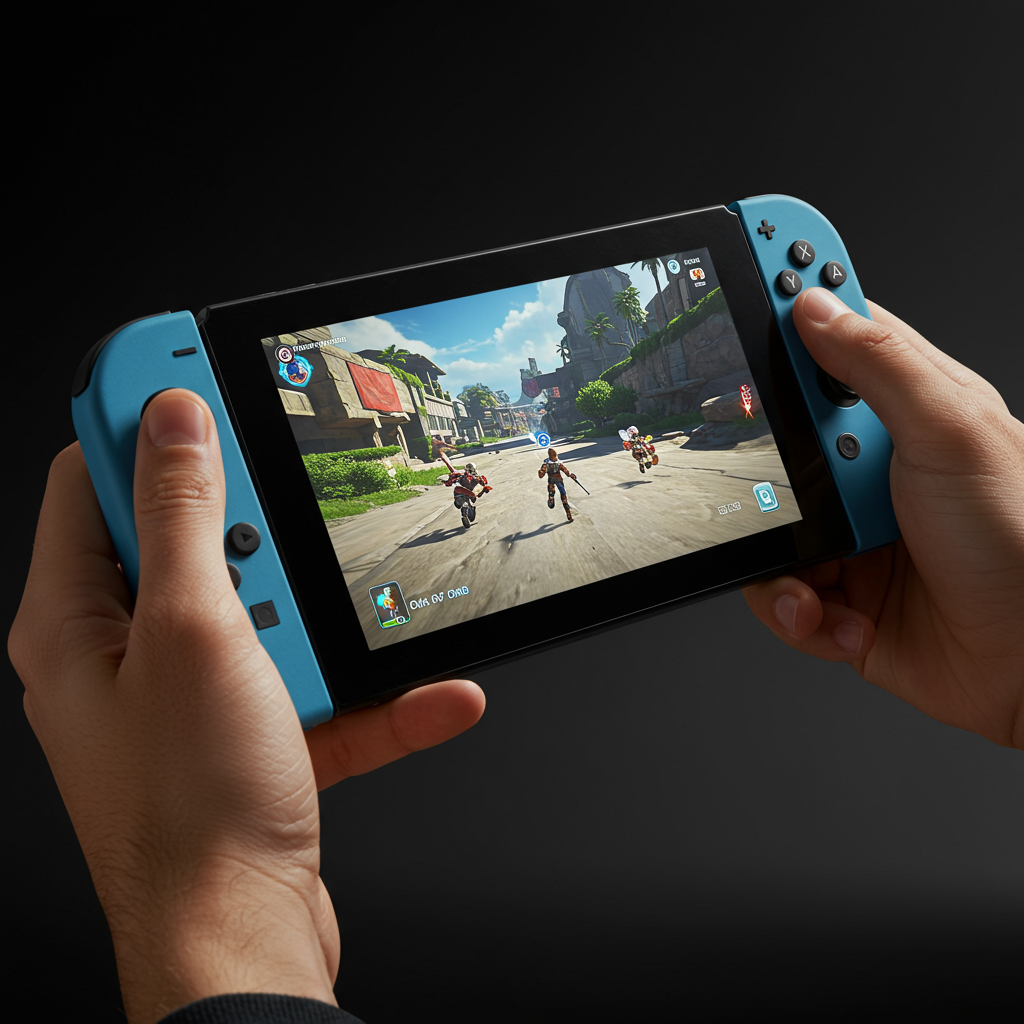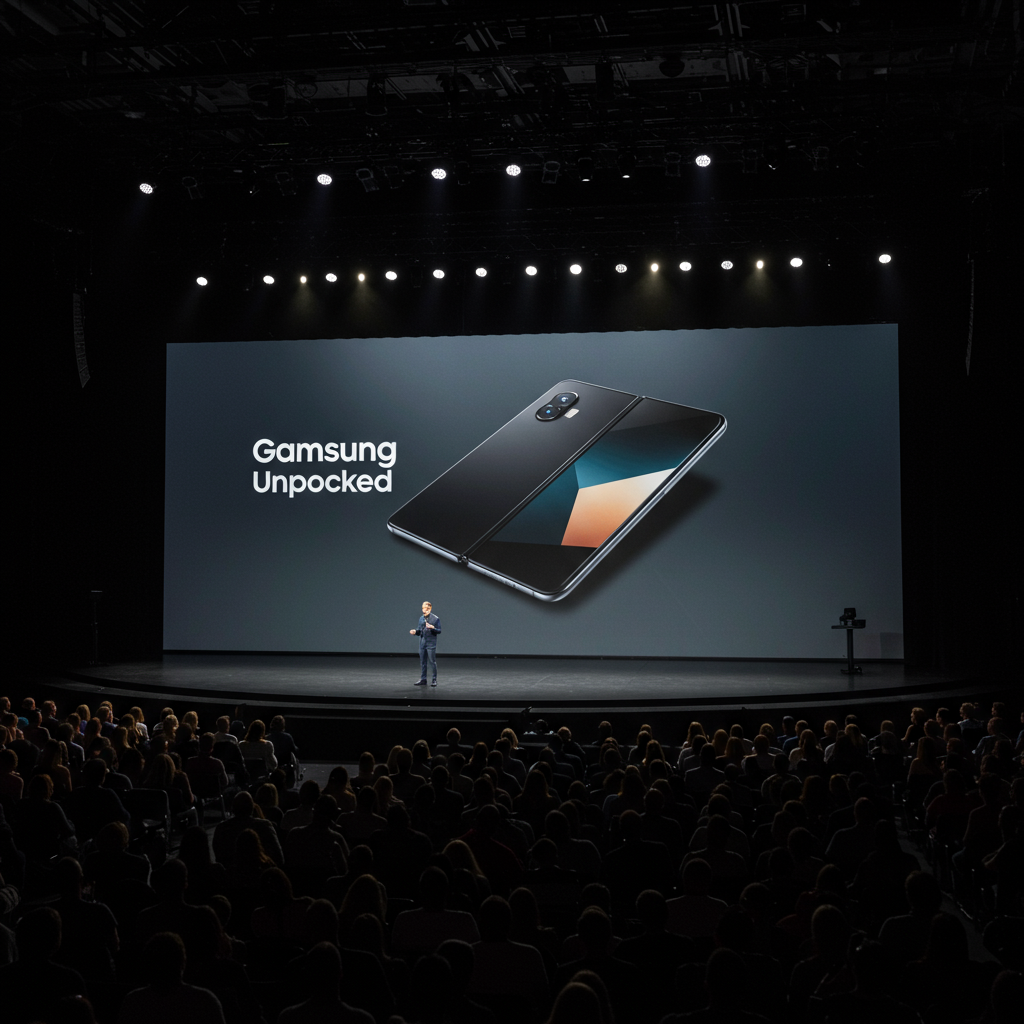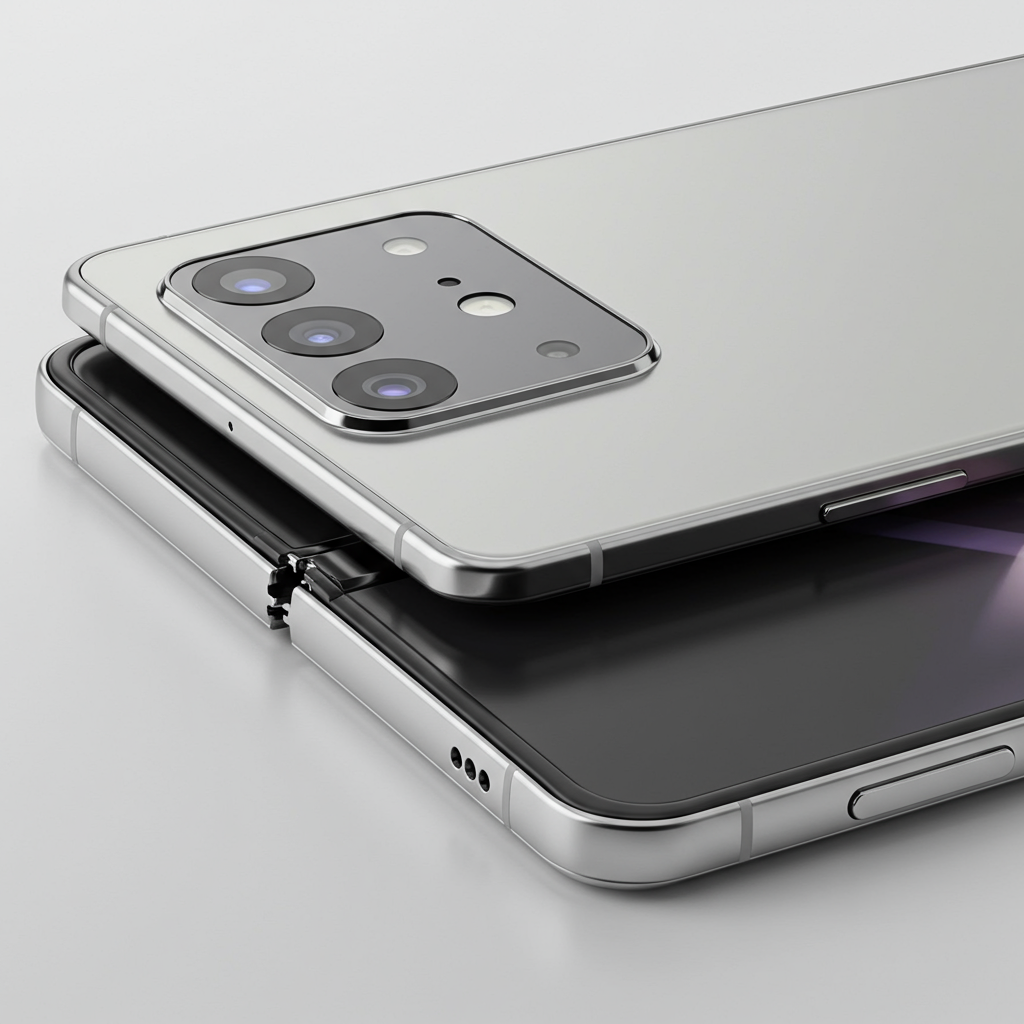The Nintendo Switch redefined portable gaming when it launched in 2017, proving that innovative design and beloved exclusive franchises could overcome less powerful hardware compared to rivals. Fast forward to 2025, and Nintendo faces the challenge of following up that monumental success. Enter the Nintendo Switch 2, a $450 console that arrives not as a revolutionary leap, but as a deliberate, iterative upgrade designed to refine the winning formula.
After the commercial disappointment of the Wii U, the original Switch felt like a triumphant return to form for Nintendo, blending handheld freedom with home console connectivity in a way that resonated instantly with gamers. The question wasn’t if Nintendo would release a successor, but how they could possibly improve upon a design that felt so complete. The answer, it seems, is by taking everything good about the original and making it unequivocally better. And early signs suggest it’s working, with the Switch 2 reportedly selling over 3.5 million units globally within its first four days, shattering previous Nintendo launch records.
While the Switch 2 might appear familiar on the surface, featuring the signature detachable Joy-Con controllers and TV dockability, it packs significant upgrades where it counts. More performance, a larger, sharper display, revamped Joy-Con controllers, and new communication features aim to push the hybrid concept forward. It remains the exclusive gateway to Nintendo’s iconic characters and worlds, including immediate hits like Mario Kart World and anticipated titles such as Donkey Kong Bananza. This continues to be Nintendo’s trump card – if you want the latest Mario, Zelda, or Pokémon, the Switch 2 is the only place to get it, regardless of whether you own a PS5 or Xbox Series X/S.
Yet, in typical Nintendo fashion, this impressive hardware is paired with some frustratingly restrictive software and ecosystem choices. Game ownership and save data management remain needlessly complex and tied to a single system, making sharing games or moving your progress between consoles far more cumbersome than on competing platforms. Features like “game key cards” (physical cases containing download codes) and limited GameShare functionality (only supporting a handful of first-party titles initially) add layers of annoyance to what should be simple tasks.
Nintendo Switch 2: Key Specs and Features
Price: $450
Display: 7.9-inch IPS LCD, brighter, wider dynamic range, HDR support, 120Hz VRR (handheld only)
Internal Storage: 256GB (expandable via microSD Express)
Controllers: Magnetic Joy-Con 2 (larger, better buttons, built-in mouse controls)
Ports: Two USB-C ports, 3.5mm headphone jack
Wireless: GameChat (video and voice communication)
Backward Compatibility: Supports original Switch games, select GameCube games via NSO+ Expansion Pack (Switch 2 only)
Hardware Refinements That Make a Difference
Holding the Switch 2, you immediately notice subtle but welcome improvements. The console itself feels light and thin, similar to the original, but with a slightly textured finish that lends it a more premium feel.
The centerpiece is arguably the new 7.9-inch IPS LCD display. While many hoped for OLED tech (likely saved for a future mid-cycle refresh, much like the Switch OLED), this screen is a significant upgrade over the original’s 6.2-inch panel. It’s noticeably brighter (about 30%), boasts wider dynamic range and higher contrast for more vibrant visuals, and supports HDR. Crucially, it features a 120Hz variable refresh rate (VRR), though this is inexplicably limited to handheld mode, not available when docked. Despite not being OLED, the screen quality is excellent for an LCD, surpassing many similarly priced handhelds and ensuring games pop whether you’re exploring fantastical worlds or racing go-karts.
The Joy-Con 2 controllers have been redesigned to be slightly larger, fitting more comfortably in adult hands. The most notable change is the magnetic attachment system, replacing the original’s sliding rails. They click satisfyingly into place, making detachment easier via new release buttons below the triggers. However, this magnetic system also means they can accidentally detach if you grip the console too firmly from the sides. The SL and SR buttons are now larger, clickier, and made of metal, a small but appreciated tactile improvement.
Nintendo also addressed some long-standing physical design quirks. The flimsy kickstand from the original Switch is gone, replaced by a sturdier U-shaped stand, though it doesn’t span the full width like on the Switch OLED. We’re also relieved to see the 3.5mm headphone jack retained. The addition of a second USB-C port on the top offers more flexibility for charging or accessories. Built-in speakers are also audibly louder and clearer, a welcome change from the original’s tinniness.
A point of concern lingers regarding the joysticks. The original Switch was plagued by Joy-Con drift. Nintendo states the Joy-Con 2 sticks are “redesigned from the ground up,” but early reports and independent analyses (like those from iFixit and Lumafield) suggest they may still be susceptible to drift over time, potentially due to wear and tear or limitations imposed by the new magnetic system preventing the use of more durable Hall effect sticks. While Nintendo offers free repairs for drift, the potential for the issue to resurface is disappointing.
Performance Power and Handheld Gaming Redefined
The original Switch, despite its artistic game direction, was underpowered compared to its PS4 and Xbox One contemporaries. The Switch 2 rectifies this, offering a substantial performance boost. While its custom Nvidia chip is roughly comparable to lower-end Ampere GPUs or PS4-era consoles in raw power, Nintendo’s expertise in optimizing software for its hardware shines through, enabling experiences previously unthinkable on a portable device.
Running demanding titles like Cyberpunk 2077 on a handheld is a revelation. The game looks and runs impressively on the Switch 2’s 1080p screen (handheld or docked), leveraging Nvidia’s DLSS technology to maintain smooth performance, often between 30-40 frames per second on “quality” settings. While this doesn’t match the 60fps modes of PS5 or Xbox Series X, the experience is remarkably stable and maintains the game’s rich atmosphere, often feeling more consistent than on a Steam Deck LCD. Occasional visual glitches like “kaleidoscope effects” from DLSS can occur, but they’re generally minor distractions. For one reviewer, the combination of portability, solid visuals, and excellent control options (especially the precise gyro aiming, which often felt more useful than the new mouse controls) made the Switch 2 their preferred platform for playing Cyberpunk 2077.
Beyond demanding third-party ports, first-party titles also see significant improvements. The upgraded version of The Legend of Zelda: Tears of the Kingdom on Switch 2 suffers none of the rampant frame rate dips of the original, making for a far superior experience. Even older titles like Super Mario Odyssey benefit from the resolution bump from 720p to 1080p. While you wouldn’t buy a Switch 2 just for upgraded original Switch games, it’s clear that the new console is the definitive way to play many of Nintendo’s recent and future hits.
Storage Woes and Battery Life
One major drawback in 2025 is the Switch 2’s internal storage: 256GB. While eight times the original’s 32GB, modern game sizes quickly eat into this. Titles like Cyberpunk 2077 (60GB) or Split Fiction (70GB) can consume a significant chunk of storage instantly. For anyone planning to download a diverse library, a microSD Express card is an essential, costly extra purchase.
Battery life remains variable depending on the game’s demands. Expect around four hours for less intensive 2D games and closer to two hours for graphically heavy titles like Cyberpunk 2077. While the Steam Deck OLED might offer slightly better overall longevity, the Switch 2’s battery performance is generally acceptable, though likely a target for improvement in future hardware revisions.
Ecosystem Frustrations: DRM, GameChat, and GameCube
Nintendo’s approach to online features and game ownership continues to lag behind industry standards. The DRM implementation feels particularly archaic. Virtual game cards tie ownership to a single system unless you navigate cumbersome online license settings, and even then, simultaneous play on multiple consoles with the same account is impossible. Save data transfer is still a headache, often deleting data from the source console rather than copying it. This creates needless friction for users accustomed to more open digital ecosystems.
The new GameChat feature, enabling video and voice communication, is functional but underwhelming. The built-in mic struggles to pick up voices from typical couch distances, often requiring you to hold the console closer. While accessory cameras exist, including Nintendo’s own 1080p offering ($55) and more affordable HORI options (some with unique designs like a Piranha Plant base, others with flexible mounts), the video quality from the official camera is surprisingly poor in varying lighting, and the background blur is ineffective. Despite having a dedicated “C” button on controllers for easy access, GameChat doesn’t feel like a standout feature.
A potentially exciting addition is GameCube game compatibility, accessible only on the Switch 2 for subscribers to the $50/year Nintendo Switch Online + Expansion Pack. At launch, this library is limited to just three titles: F-Zero GX, Soul Calibur II, and The Legend of Zelda: The Wind Waker. While Wind Waker is a must-play classic, this small selection doesn’t justify buying the console solely for nostalgia. Nintendo also sells a revitalized $65 GameCube controller exclusively for the Switch 2; while it features improved hardware like clickier buttons, a better D-pad, gyro, and wireless connectivity, its utility is severely restricted to this small (and currently stagnant) GameCube library and certain retro-friendly Switch titles, making it a niche, expensive accessory.
Still the Communal King
Despite its quirks and limitations, the Nintendo Switch 2 excels in its core identity: a supremely portable system that effortlessly transitions to a communal couch multiplayer console. There’s no better system for spontaneous gaming sessions with friends and family, a strength exemplified by the joyous chaos of Mario Kart World*. Its unique hybrid design makes it a different beast entirely from dedicated home consoles like the PS5 or Xbox Series X/S or purely handheld PCs like the Steam Deck or ROG Ally.
The Switch 2 isn’t trying to be the most powerful console on the market; it’s powerful enough for modern games, utilizing tech like DLSS to keep pace. Its success hinges on Nintendo’s unparalleled first-party software library and the console’s unique social and portable strengths. While we might miss Nintendo’s past penchant for introducing wholly novel “gimmicks” with each console generation, the Switch 2 proves that refining a groundbreaking design, backing it with top-tier games, and optimizing software to maximize hardware potential is a winning strategy.
The Nintendo Switch 2 is the definitive way to play Nintendo’s latest and greatest. It’s a significant, albeit iterative, upgrade over its predecessor, excelling as a handheld powerhouse and a social hub. While flaws like restrictive DRM, subpar GameChat, and limited storage persist, the enhanced performance, improved display, and promise of compelling exclusives ensure that the Switch 2 stands tall as the ultimate handheld for Nintendo fans, and arguably, the leading communal console for the current gaming era.




